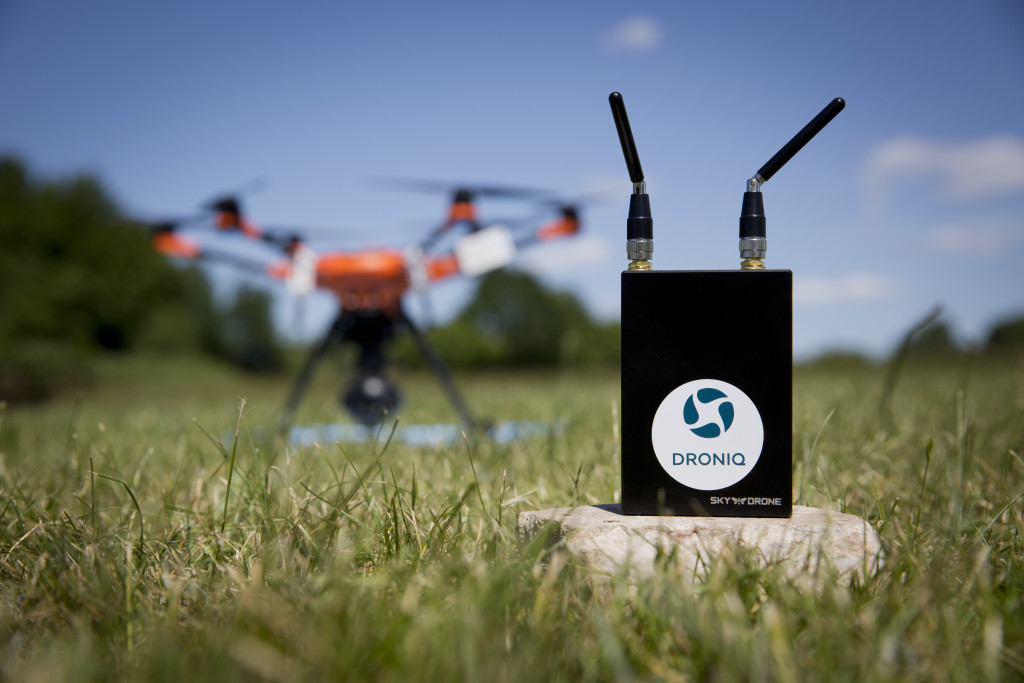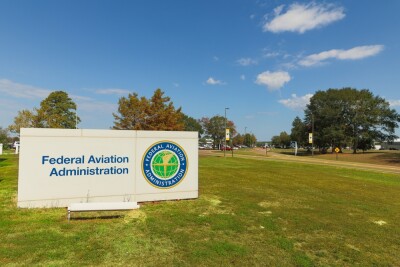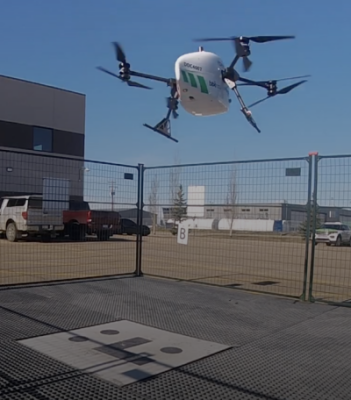In order for unmanned aerial vehicles (UAVs) to join our daily lives as a mainstream technology, three important factors need to become a reality: first the flying time needs to increase from the current 25 minutes to something that would allow for longer missions, second, the regulator needs to allow for flights beyond visual line of sight (BVLOS), and third we need to integrate an unmanned traffic management system (UTM) into the existing air traffic control (ATC).
Today, I would like to focus on the advances on the technology that would allow the regulator, in the case of the U.S. it would be the Federal Aviation Administration (FAA), to authorize flights BVLOS. Many countries are having separate initiatives to satisfy the requirements of their specific regulator in order to have their first test flights and begin the tedious process of accumulating data to confirm safety and reliability.
Germany in particular has been very active in terms of advances in pro-BVLOS technology. This week we learn of a strategic partnership between Droniq and Sky Drone to provide the German drone market with regulated and licensed command and control technology for BVLOS flights of industrial, commercial and government UAVs.
The strategic partnership allows Droniq to use Sky Drone’s unique technology for controlling UAVs remotely in real-time and without any limitation in range. Based on this technology Droniq will offer a complete hardware package for locating, controlling, and transmitting data of drones during BVLOS flights.
This technology is part of the UTM system Droniq offers for the German market. That UTM service allows the safe integration of drones into public airspace and provides the basis for broad commercial use of drones over large distances.
“Sky Drone perfectly complements the UTM approach of Droniq and is an essential building block for making BVLOS flights reality,” said Ralph Schepp, COO of Droniq. “We’ve seen the technology being used by several of our customers in Germany and are absolutely convinced of Sky Drone’s technology and their pragmatic mentality.”
As an exclusive partner of Sky Drone in Germany, Droniq is now able to provide real-time communication for drones during their flights. By using the 4G/LTE network of Deutsche Telekom, real-time command and control, video, sensor and telemetry data can be transferred with low latency from the drone to the ground control station and vice versa. This technology complements Droniq’s LTE-tracking module “HOD4track” (Hook-On-Device), which sends its position every second via the mobile network to the UTM system.
That device also receives signals from helicopters, gliders and small aircraft in the vicinity and sends those to the UTM as well. That way the drone pilot is always apprised of the situation in his airspace. Furthermore, the HOD4track broadcasts its own position so that other aircraft in the vicinity see the drone right in their cockpit.
The CE-conform product “HOD4command” extends Droniq’s offering by adding real-time communication with the drone over unlimited distances. It can be mounted onto any aircraft and integrates seamlessly into all supported autopilots. The drone therefore becomes controllable over long distances.
“Droniq is the ideal partner for our real-time communication system for drones that’s already being used across the globe,” said Boris Boege, CEO of Sky Drone. “Their reach in Germany and Europe allows the efficient use as well as safe integration of drones into the public airspace.”
The data communication is encrypted end-to-end and, therefore, protected from unauthorized access. The Sky Drone technology the HOD4command is based upon, is already in use in Africa and Europe helping deliver medicine and vaccines to hard-to-reach villages. In Germany, it is used for the inter-site logistics of a large pharmaceutical company. The structurally identical product “HOD4stream” is available with a larger data plan that allows real-time transmission of video, sensor and telemetry data. In industrial applications, like maintenance and inspection of pipes and routes as well as in industrial facilities, data can be transferred and analyzed in real-time. First responders already use this technology for remote situational awareness.
With technological advances such as these, there’s hope that regulators will soon have the necessary assurances to allow more and more BVLOS flights in areas that are safe.














Comments